History of WW2
1 September 1939 to 2 September 1945
World War 2 Begins
Lasting for almost six years from 1939 to 1945 and involving 61 countries, 1.7 billion people, 50 million of whom lost their lives, WW2 is considered as history’s most savage and devastating wars, but how did it begin? The Second World War broke out on Friday 1st September 1939, when Adolf Hitler planned to seize land from other countries and carried out an unprovoked attack on Poland. After refusing to abort his invasion, Britain and France declared war on Germany.
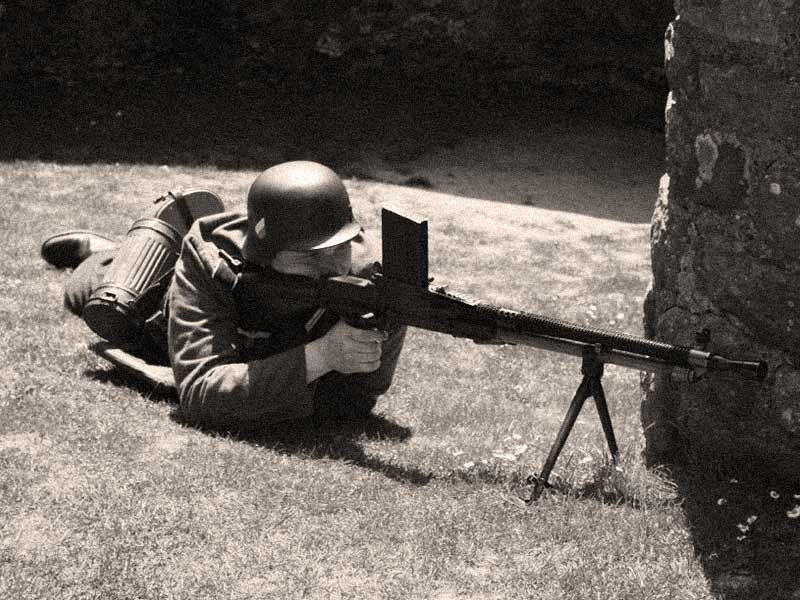
German soldier
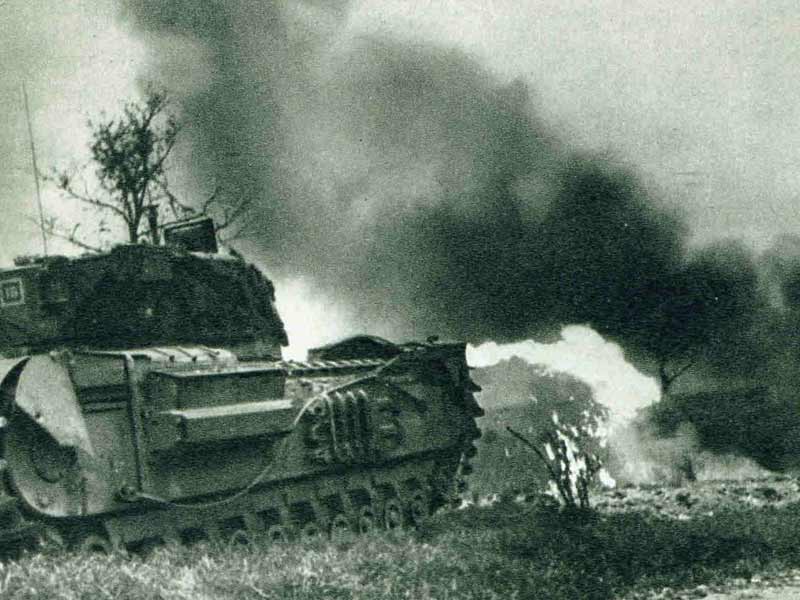
Flame Thrower Tank
Causes of the War
The outcome of the First World War was the Versailles Treaty signed in Paris on 28th June 1919. This blamed Germany for the war, reduced her borders, disarmed her army and created the belief among many Germans that they had not lost the war, but been betrayed.
By the 1920s this allowed those involved in the extreme politics of the right to place the blame on “traitors and Jews” as they proclaimed. For much of the next decade within Germany a battle between Left and Right ended with the political Right in ascendance and in 1933 Adolf Hitler and the National Socialist Party came to power.
The Nazi Regime changed Germany forever in the 1930s and paved the way for war. Many thought it would come in September 1938 with the annexation of the Sudetenland, but it would be another year with the invasion of Poland that would tip the world once more into war.
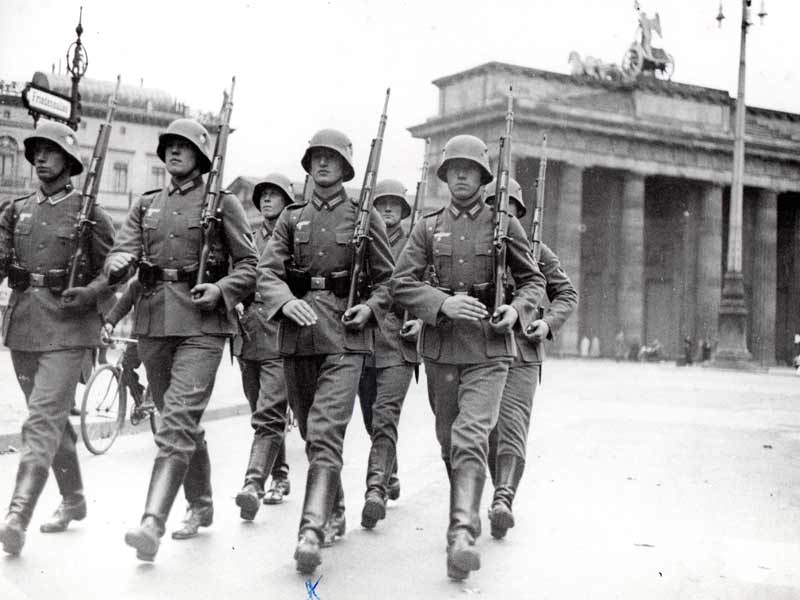
German troops, Berlin
Germany Triumphant
When Nazi Germany invaded Poland in September 1939 it did so with a modern, highly trained and highly motivated army. The Poles had few tanks that matched German vehicles, still employed cavalry, but fought bravely and defiantly. But within days Poland was overrun. The first Blitzkrieg had succeeded.
Over the winter of 1939/40 the Phoney War, or ‘Sitzkrieg’, saw Britain and France facing Germany along the borders, with the French feeling secure behind the Maginot Line. In May 1940 the next Blitzkrieg came and German troops invaded Holland, then Belgium, then France, and bypassed the main Maginot Line into weaker defended areas.
The Allies collapsed and the British Army was forced back to Dunkirk.
Operation Dynamo evacuated over 300,000 British and French troops, and while France fought on for several weeks, the Battle of France ended and the majority of Europe was now under Nazi dominance.
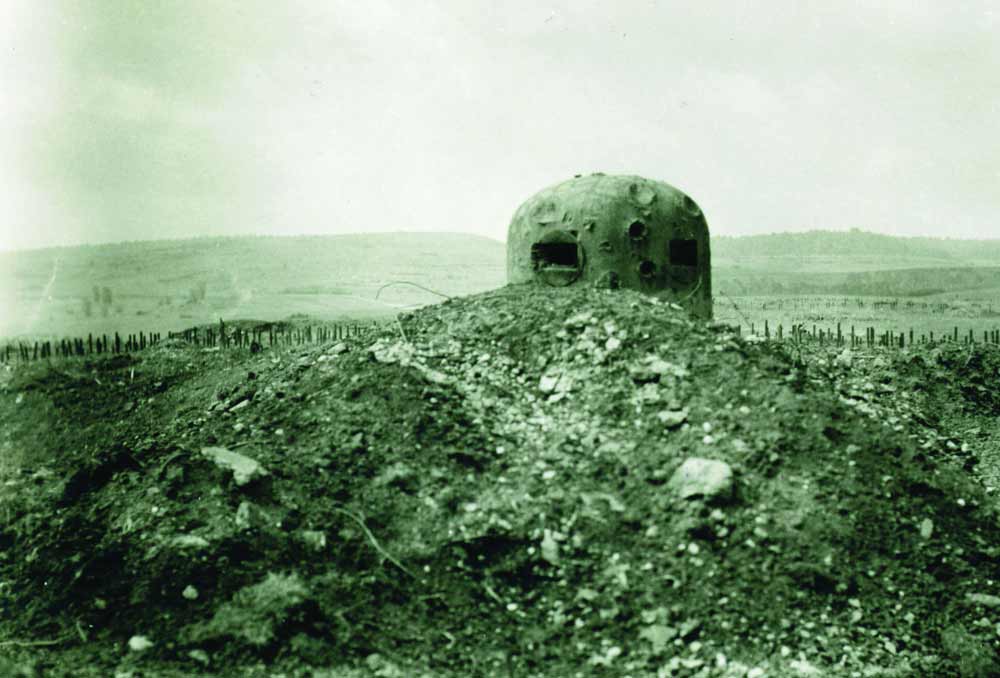
Maginot Line
Britain Stands Alone
With the Battle of France over by late June 1940, Britain prepared for invasion. Across the country the Local Defence Volunteers (LDV) were raised as home defence, eventually becoming the Home Guard or Dad’s Army.
In France Germany prepared for Operation Sealion, the seaborne landings along the southern coast of England, but it never happened. Would or could it have succeeded? It seems unlikely as Germany not only did not have control of the skies, it lacked control of the seas and the British Royal Navy was likely to have destroyed any invasion fleet. But the threat was real, and would remain real until the Home Guard was disbanded in 1944.
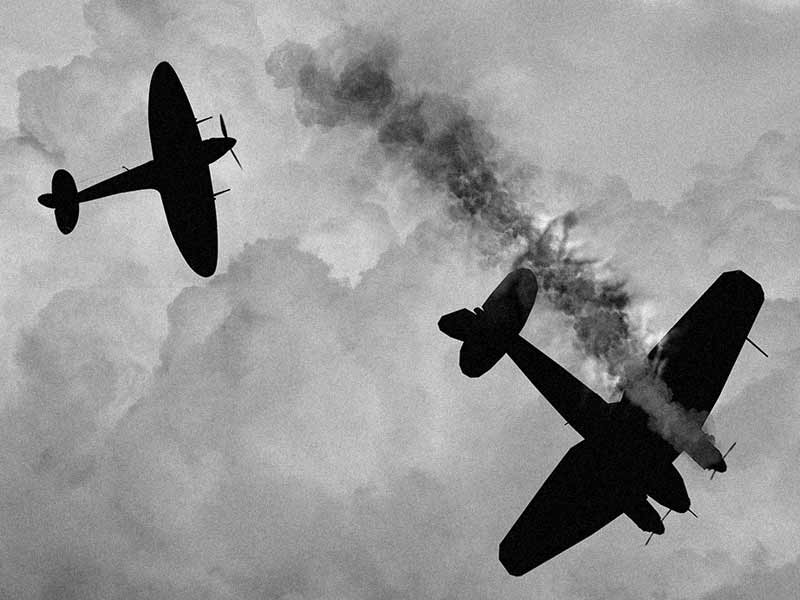
Battle of Britain
While no landings came, in July 1940 the Battle of Britain began with massed attacks of aircraft over South-East England, which would eventually result in the first bombing raids, and the beginning of the Blitz. Bombing of civilian targets would bring the war directly to the Home Front, with landmines, incendiary bombs, butterfly bombs and shrapnel all becoming the reality of day to day life in Britain. By 1944-45 this would escalate to include V1 Doodlebug and then V2 rockets.
More than 60,000 civilians were killed in the bombing of Britain during WW2; the youngest being only a few days old and the oldest over 100.
Although the phrase ‘Britain Stands Alone’ was widely used in 1940-41, the reality was that behind Great Britain was not only the vast manpower and resources of the British Empire, but also men from many nations now overrun by the Nazis but who were in Britain to help fight back. These included Free Czechs and Poles, Belgian, French, Danes, Dutch and Norwegians among many others. It was a multi-national force that would shape how the Allies would fight the war in the coming years.
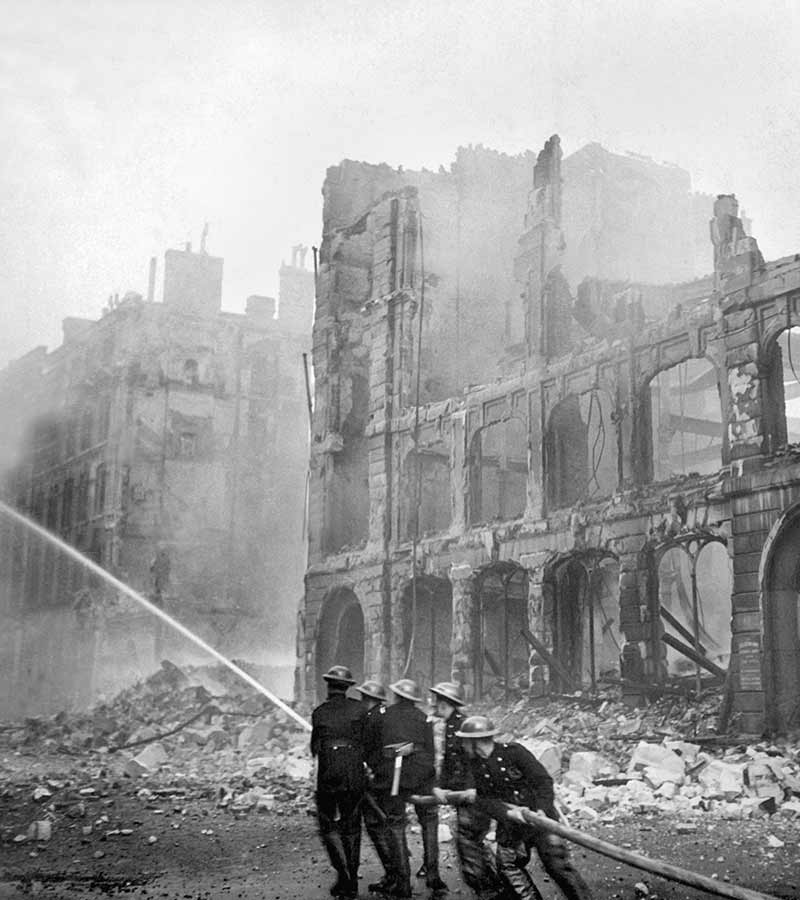
Fire fighting during WW2
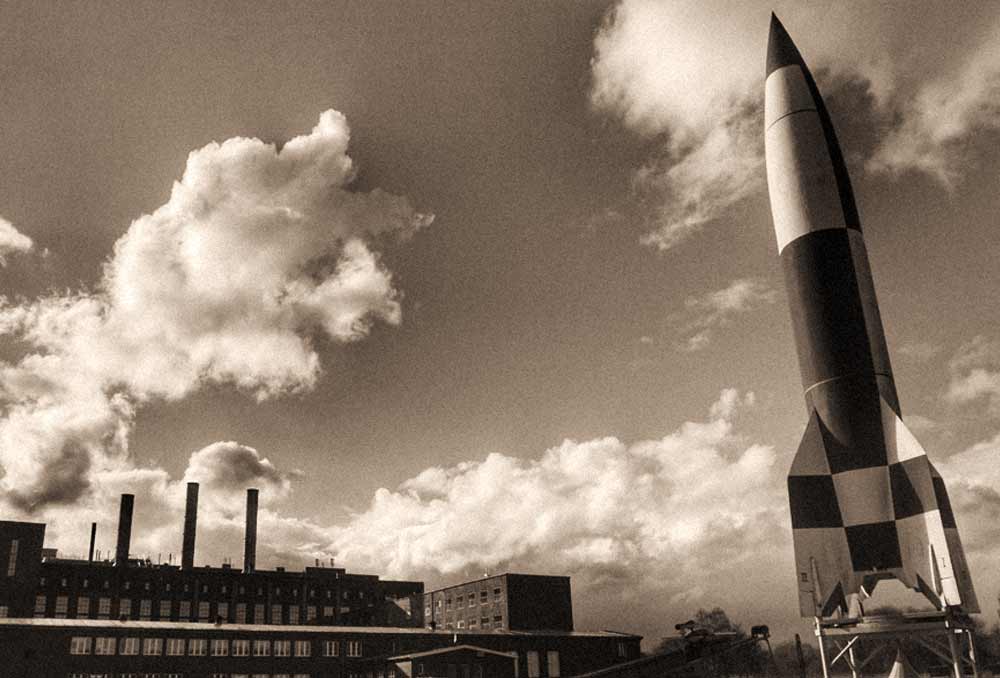
V2 rocket
Hitler Goes East
On 22nd June 1941 the German Army launched Operation Barbarossa, the invasion of Russia. Three separate Army Groups had been formed – North, Centre, and South – who would contact operations on the Ostfront, or Eastern Front, for the remainder of the war.
Using Blitzkrieg tactics developed and refined in Poland and then France, Belgium and Holland, this next phase of lightening war took the Soviet Union by surprise and over the course of the next few months the Germans advanced hundreds and hundreds of miles into Soviet Russia. The vast openness of the country was something that surprised many German soldiers who took part.
Gradually the Soviet Union fought back and while the Germans got to the very gates of Moscow, by then it was winter and the Wehrmacht was totally unprepared for the cold conditions. Thousands died in the freezing conditions and vehicles would not work. It marked the high-tide of the German advance into Russia, and in some respects the beginning of the end, although the Germans spent much of 1942 penetrating deeper and deeper into parts of southern Russia, most notably at Stalingrad.
Here the German Sixth Army reached the Volga river, but as the onset of another winter came, Stalingrad was isolated and under siege, and the army was lost. From now on, the Germans would always be on the back foot.
In July 1943 the Battle of Kursk witnessed one of the largest tank battles of the Second World War, but with the Allies not in Italy and the North African Campaign lost, the German Army in Russia by 1944 was losing thousands of men in a war of annihilation.
In many respects it had become the major theatre of war in defeating the Nazi regime.
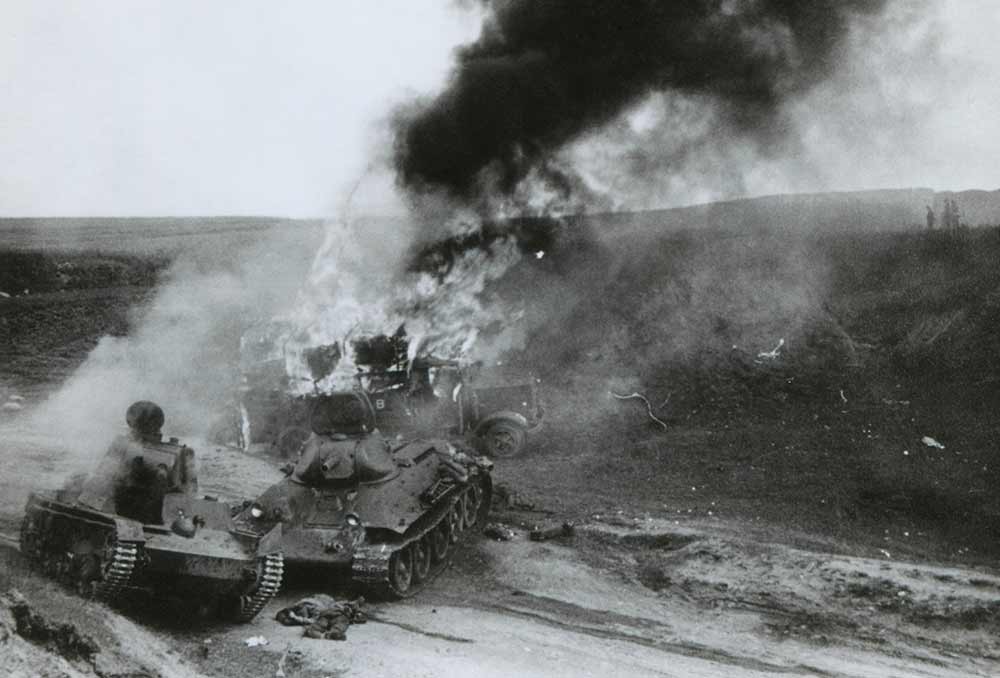
Destroyed Soviet tanks, during the German invasion of Russia
The Allies Fight Back
For Britain the turning point of the war was the Battle of El Alamein in October 1942 when the Eighth Army began the start of an advance that would take them back across Egypt and Lybia, and into Tunisia, ending the campaign in North Africa.
From here the next step was a return to Europe, but at this stage an invasion of France was not possible. Instead the Allies landed in Sicily in July 1943 and then the Italian mainland at Salerno in September 1943. The Fifth Army fought battles at Anzio and Cassino, while the Eighth Army attacked along the Adriatic coast to the Sangro Valley.
Italy became an entrenched, static war until the breakout at Anzio and Cassino, and liberation of Rome in June 1944, but it diverted huge amounts of German troops and resources away from the Eastern Front and also defending the Atlantic Wall.
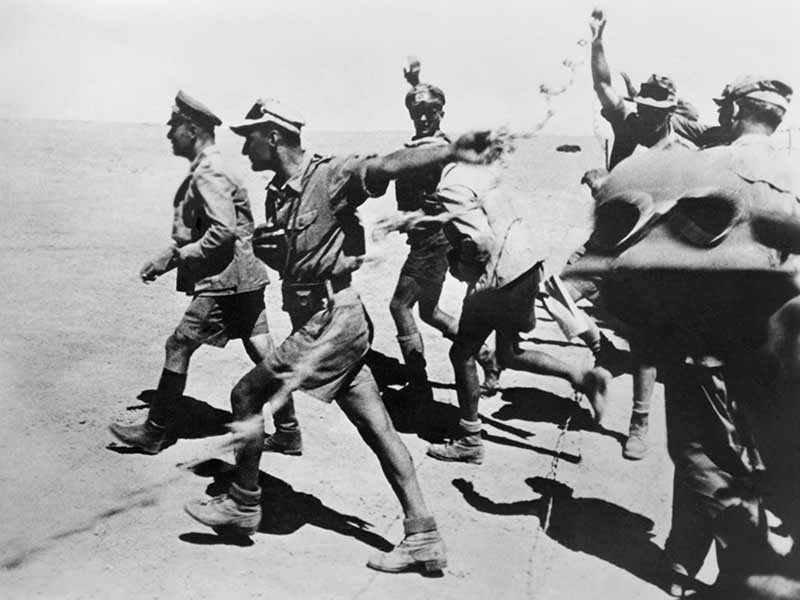
General Erwin Rommel in the desert near El-Alamein
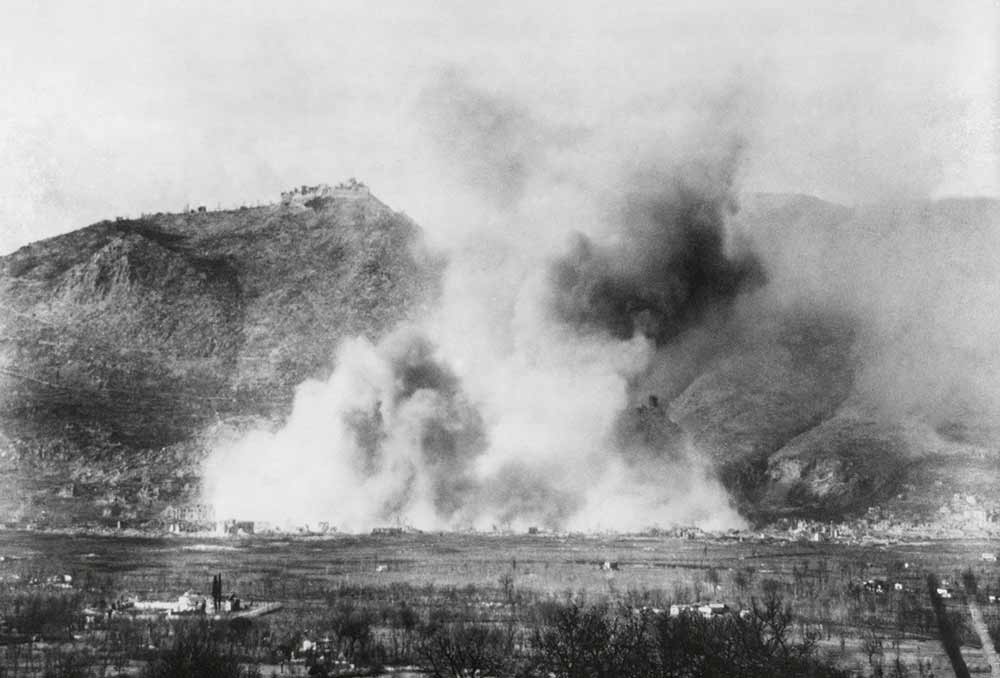
Air bombings of Cassino
Bomber Boys
While the battles were being fought on the ground, one of the direct ways to take the war to the enemy was by aerial bombing.
RAF Bomber Command launched raids on Germany from the very early stages of the war and as aircraft like the Lancaster Bomber were developed more and more ambitious raids could be made, often with huge numbers of planes involved. Once America entered the war, the US Eighth Air Force joined the fray, with the Americans doing daylight raids on occupied Europe, and RAF Bomber Command conducting raids at night.
Raids reached terrible intensity with attacks like the firebombing of Dresden in February 1945, but the bombing destroyed German infrastructure restricting their ability to develop new weapons and build replacement equipment lost on the battlefield.
Some of the most famous operations of the war involved the Bomber Boys: whether it was Guy Gibson VC and the Dambusters, or the raid on Amiens prison. But the cost was high.
By the end of the war the RAF had more than 55,000 aircrew killed with Bomber Command, and the US Eighth Air Force had over 26,000 killed.
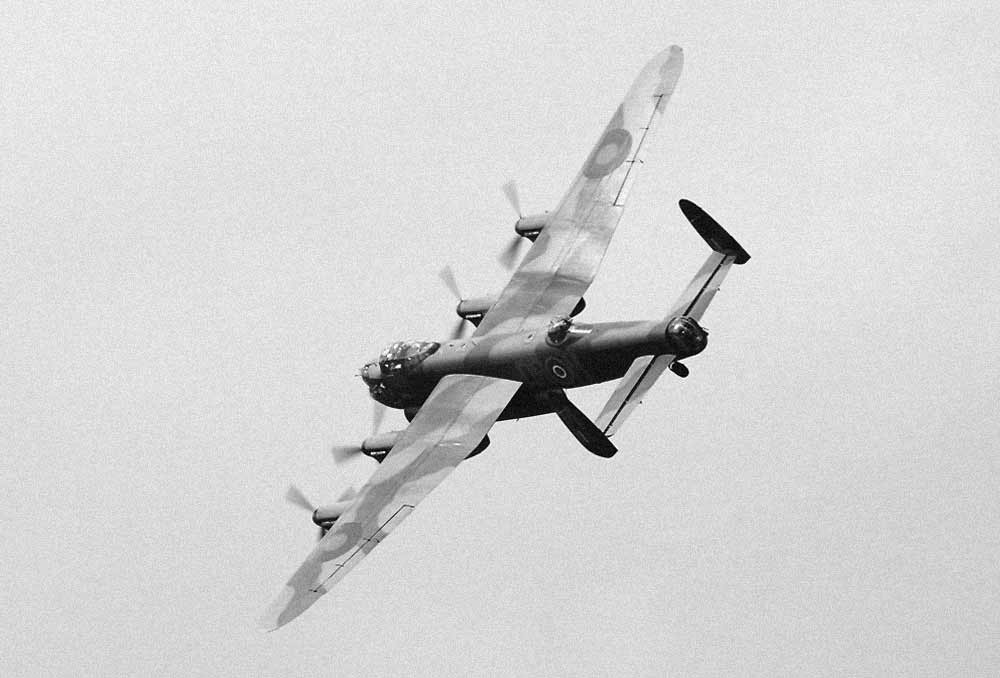
Lancaster Bomber
The Road to Victory
By early 1944 the western Allies were ready to make a landing in France. This was always the American preference when it came to defeating Nazi Germany: land in France, symbolically liberate Paris, and head for Belgium and Holland as the way to the heartland of the Third Reich.
A huge amount of preparations required for the eventually landings in Normandy on 6th June 1944 – D-Day – took months, and in some cases years. Men were trained in sea-borne landings based on the experiences from Operation Torch to Anzio, weapons and equipment were developed to get them through the Atlantic Wall defences that stood on the beaches to block their advance, and tactics were perfected to stop the sea running red with the blood of Allied soldiers.
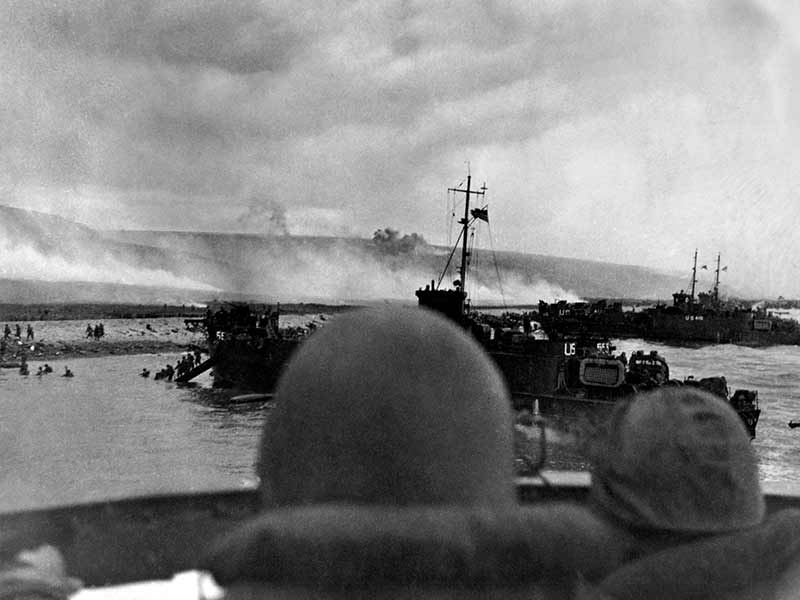
Landing craft, D-Day
When the landings came on 6th June, delayed by poor weather, they were far from a walkover. On the British beaches it took longer to get inland than expected and the advance on Caen was fatally delayed. On Omaha Beach the Americans had over 2,000 men killed in action: more than all the other beaches put together. But the Atlantic Wall had been breached and a bridgehead made. The first steps to victory had been made.
Following the Allied landings in Normandy, in June 1944 the Russians launched their offensive – Operation Bagration. Within six months Soviet troops had swept up the ground to Warsaw and beyond into East Prussia and by early 1945 had reached the river Oder, only miles from Berlin.
There was a stall in operations until April 1945 when the Russians broke through the Seelow Heights and the final battle for the Reich began in the streets of Berlin.
Hitler committed suicide and the city fell. German surrender had been signed in Reims on 7th May 1945 and another was signed at the instigation of the Russians at Karlshorst on 8th May 1945: Victory in Europe Day.
Meanwhile the Americans and British had been advancing through Belgium and Holland. Operation Market Garden had failed at its final objective – Arnhem Bridge – but the front had been pushed to the German borders. The Americans had breached the Siegfried Line near the Hurtgenwald and in the Ardennes, and despite the Battle of the Bulge when the Germans attacked in the Ardennes in December 1944; the advance into Germany began with the Reichswald Forest battle in February 1945 and with Allied troops reaching the Rhine by March.
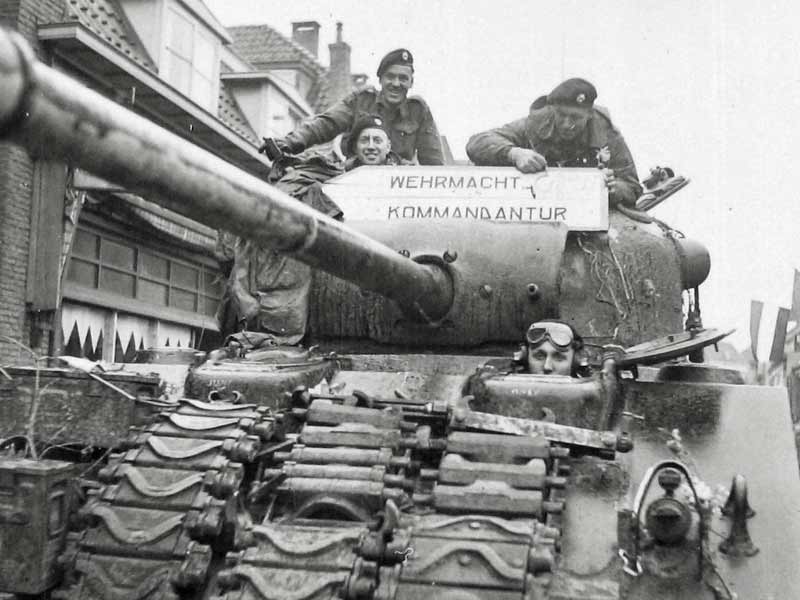
Siegfried Line, 1945
In the final weeks British and Commonwealth troops advanced through Holland into Northern Germany, and through the Rhineland, and Americans into Bavaria and eventually Czechoslovakia. They met with Russian troops on the Elbe at Torgau, and British Airborne soldiers linked up with their Soviet colleagues near Wismar. The front was closing in on what remained of the Nazi Regime. General Bernard Montgomery took the surrender of German forces on 4th May 1945, then a formal surrender was signed at Reims on the 7th May.
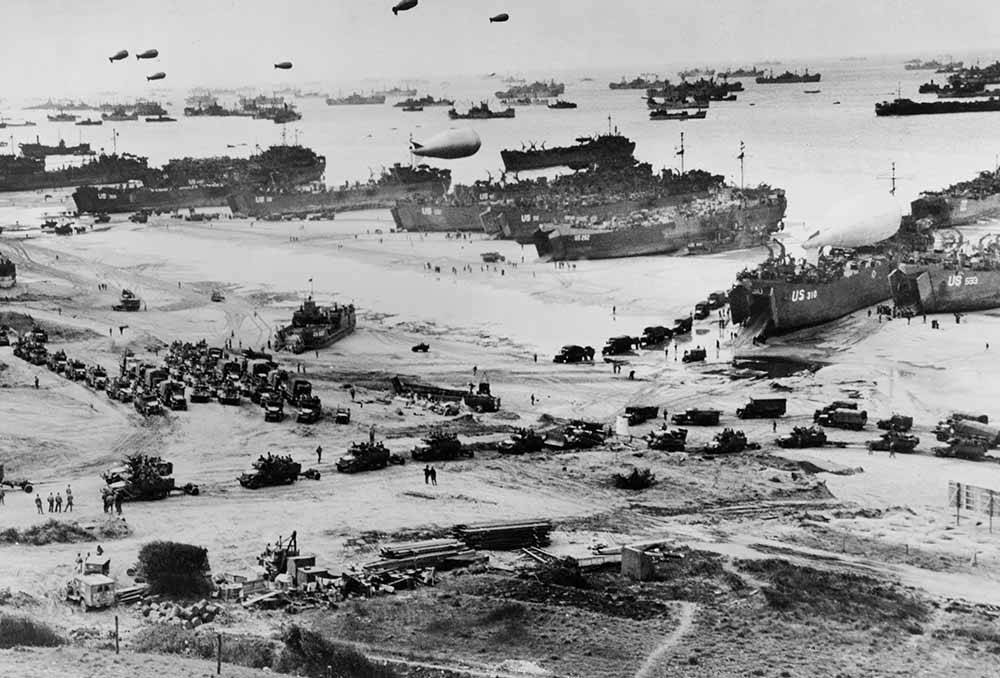
Omaha Beach after D-Day
The Cost of War
The financial cost of the Second World War was staggering for the powers who achieved victory in 1945. It cost America more than $341 billion, the Soviet Union $192 and Great Britain $120. Part of the British debt was the Anglo-American loan, which was only paid off in 2006.
There was a much greater cost, however: the cost in human lives. The Soviet Union alone suffered over 25 million deaths, of which nearly 17 million were civilians. More than 3½ million German soldiers died on the battlefield, most of them on the Eastern Front. The Americans lost over 416,000 killed in their armed forces and the British lost over 380,000 dead with Commonwealth nations like Canada losing 39,000. The numbers are simply staggering, shocking.
But it was not just deaths on the battlefield. Civilians died in unparalleled numbers and the Holocaust witnessed the murder of more than 6 million Jews.
By 1945 much of Europe was in ruins. Atomic bombs were used to end the war against Japan. The world would never be the same again.
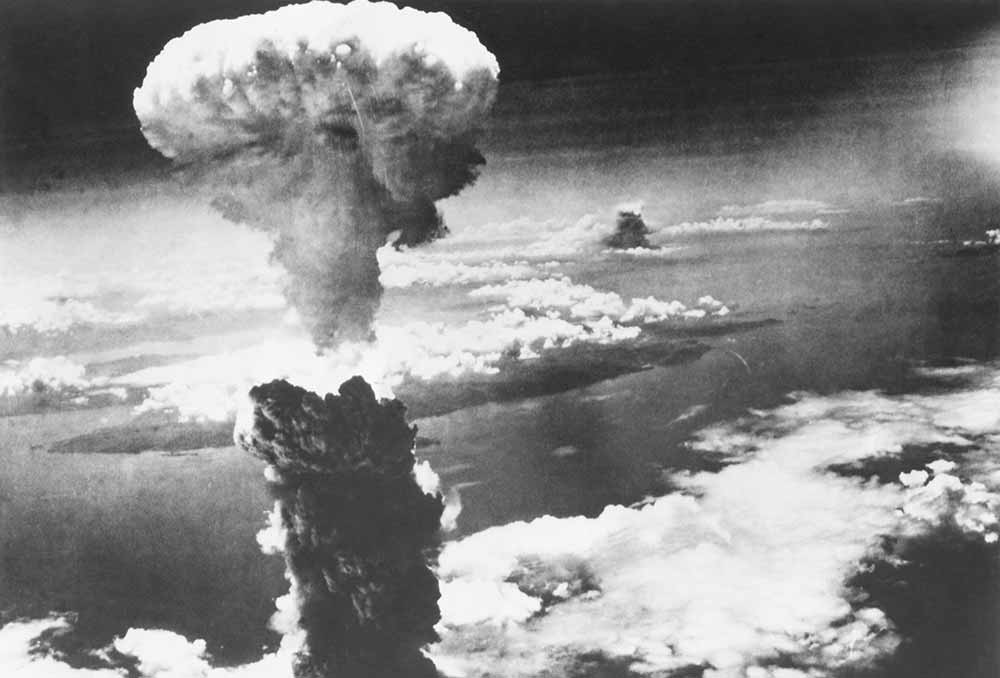
Atom Bomb exploded over Nagasaki, Japan, WW2
History of War - Heroes, Battles and Weapons
Follow in the footsteps of heroes, fighting on the front line. Learn about the incredible sacrifice and bravery on the battlefields or take an in depth look at the weapons and machinery used throughout history. No matter what your interest, we’ll have a tour to suit you.
Featured Tours of WW2
Looking for ideas for your next WW2 battlefield tour? We visit all the key Second World War battlefields in Europe, from D-Day to Berlin and Beyond. Whether its seeing WW2 megastuctures or bunkers, following the Rise and Fall of Nazi Germany, or looking at tank warefare and seeing WW2 armour, we have a broad range of tours to interest the World War Two enthusiast and those wanting to learn more.

